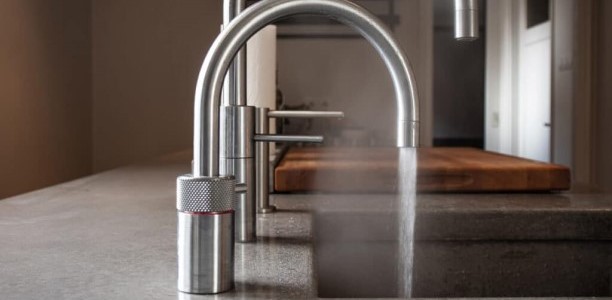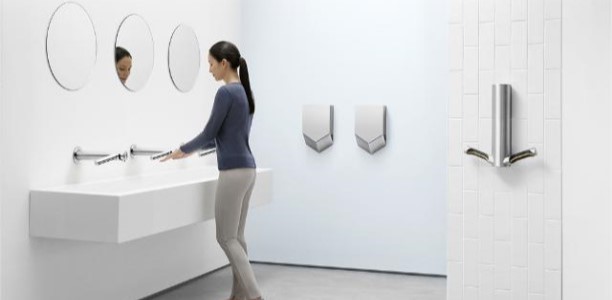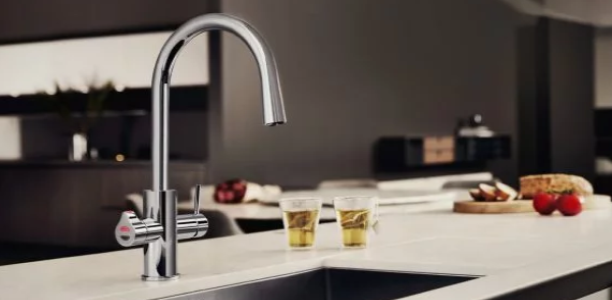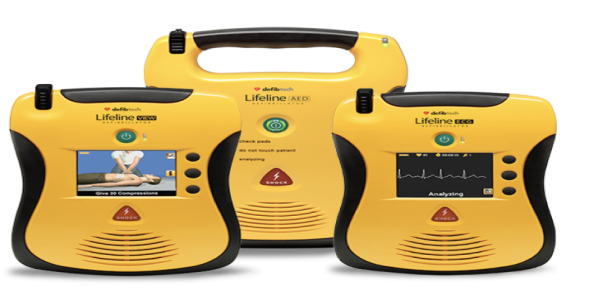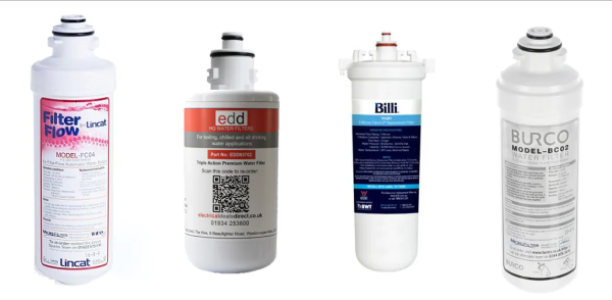How Does an Air Source Heat Pump Work? - Air Source Heat Pumps Explained
An Air Source Heat Pump is an innovative technology gaining popularity in the UK. It offers a high-quality and eco-friendly alternative to traditional heating methods like Gas or older Electrical systems. These pumps extract heat from the outside air and convert it into electrical power, providing hot water for your home. While some specifiers and installers may be hesitant to recommend this new technology, we have created a presentation below to help users and potential installers easily understand how Heat Pumps can efficiently heat both hot water and central heating in your homes.
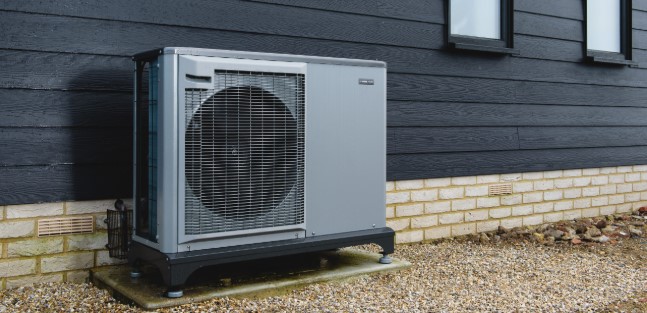
Step-By-Step:
Step 1) The air outside holds a specific temperature. Whether, on a hot or cold day, there is energy in the heat of the air. the Air Source Heat Pump is installed outside and intakes air to begin step 2, wherein the residual heat energy will be extracted. This might mean that standing near the Air Source Heat Pump might feel a little cold!
Step 2) Inside the Heat Pump, heat energy is extracted, and is attracted to a refrigerant gas or chemical. Think the opposite of a fridge! Where a household refrigerator uses a cooling chemical, and expels heat through a vent - usually at the back of the unit - where the Air Source Heat Pump sucks in heat from the air, heats this refrigerant chemical, and expels cold air.
The compressor will then compress (squeeze tight) the warm air, with electrical power, and will then send the heated air towards the Indirect Cylinder coil. The refrigerant chemical, once it's, in turn, had its air extracted, will begin to condense, lowering its temperature to become cool again. At this point step one can proceed again if necessary, but for now, let us follow the warm air which has now passed into the Indirect Cylinder coil.
Step 3) The hot air has now passed into the Indirect Cylinder's heating coil. This hot air acts as a heater for the Cylinder's stored water, which will heat up to a temperature usually between 60° and 80° Celsius. This tank of hot water will now go on to step 4, where it can be used to power a variety of things. If this internal Cylinders temperature is already at the specified temperature cap, then the Air Source Heat Pump will stop/be on standby, not needing to heat anything in the first place.
Step 4) Now that we have hot water, the Central Heating (or Underfloor Heating If necessary) Wash Basins and Sinks, and the Shower/Bath as necessary all have hot water prepared for them. This is your process complete!
Conclusion
Air Source Heat Pumps can be a useful addition to power any household's water and heating requirements, and more than likely offer a much more efficient and low-carbon solution when compared to a Gas or alternative Electric means of Water Heating. Whilst often a costly initial investment, as of the time of creating this article the Government provide a grant system where in which the installer or the purchaser can benefit from purchase assistance when considering one of these modern and incredibly efficient water heating systems, information is available here.
Many thanks for reading! You can always give us a call on 01934 253600 should you wish to discuss this further.






